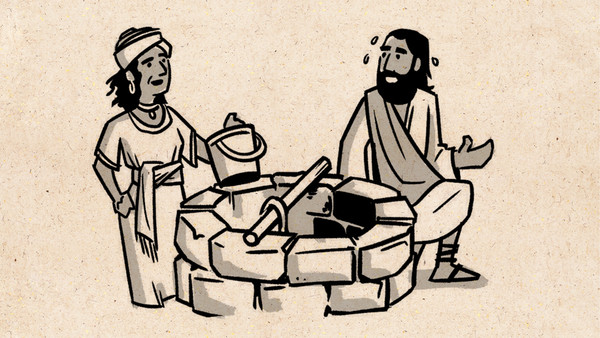

John 1-12
John's Gospel emphasizes Jesus' identity as the Messiah and Son of God. Because of this divine identity, Jesus is able to give eternal life to everyone who believes in him. We see this reality through the signs and miracles he performs. And seven times, he answers "I Am" when people question his identity, echoing God's personal name revealed in Exodus 3.
John's Gospel also shows Jesus using his time on earth to introduce people to the new birth. By believing that he is the Messiah and God's son, they have eternal life and freedom from sin and are empowered to perform radical acts of kindness, generosity, and selfless love as they live their lives in devotion to Jesus and his Kingdom.
Reflect
How did the video expand or challenge your understanding of John’s Gospel?
What is one thing that stands out to you in John’s introduction of Jesus in chapter one?
John claims that Jesus is God, the creator and light of the world. How does he support this claim?
Jump In
Downloads
New Testament Overviews

New Testament Overview
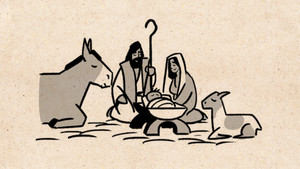
Matthew 1-13
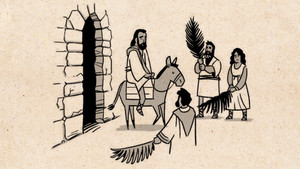
Matthew 14-28
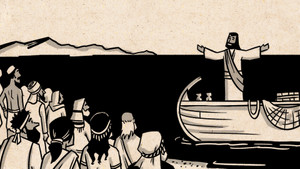
Mark

John 1-12
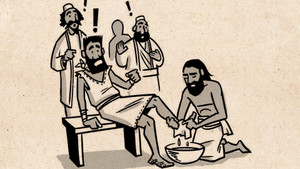
John 13-21

Luke 1-9

Luke 10-24
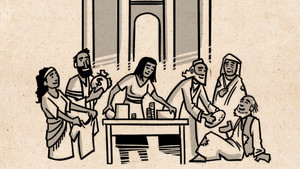
Acts 1-12

Acts 13-28
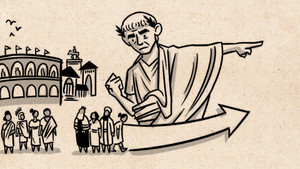
Romans 1-4

Romans 5-16
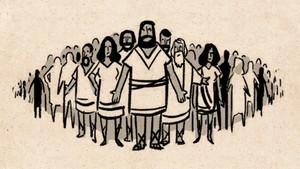
1 Corinthians

2 Corinthians

Galatians

Ephesians

Philippians
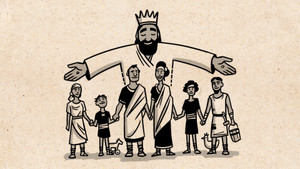
Colossians

Philemon
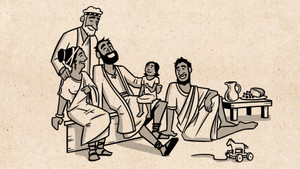
1 Thessalonians

2 Thessalonians
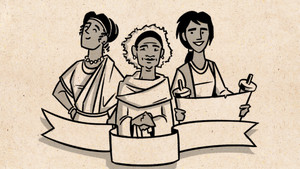
1 Timothy
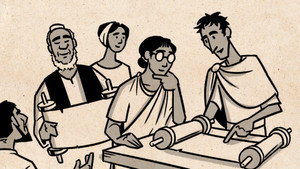
2 Timothy

Titus

Hebrews

James

1 Peter

2 Peter
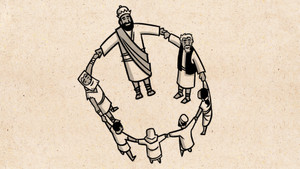
1-3 John
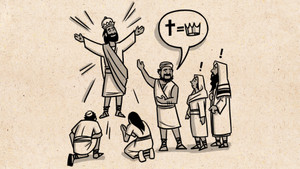
Jude

Revelation 1-11
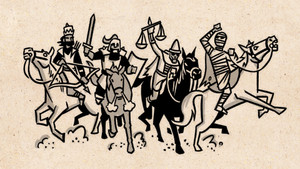
Revelation 12-22